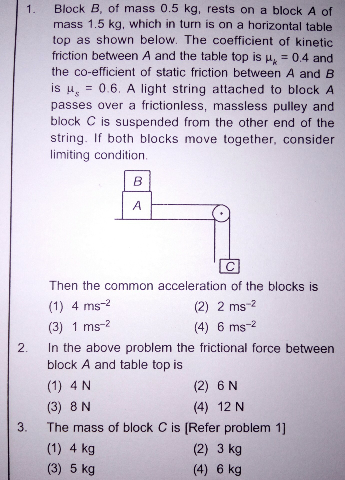
AllQuestion and Answers: Page 1834
Question Number 27057 Answers: 1 Comments: 3
Question Number 27055 Answers: 1 Comments: 1

Question Number 27050 Answers: 0 Comments: 2

Question Number 27059 Answers: 0 Comments: 2

Question Number 27046 Answers: 0 Comments: 0
Question Number 27044 Answers: 1 Comments: 0

Question Number 27061 Answers: 2 Comments: 1

Question Number 27060 Answers: 1 Comments: 1

Question Number 27045 Answers: 0 Comments: 0
Question Number 27033 Answers: 1 Comments: 0

Question Number 27032 Answers: 0 Comments: 1
Question Number 27031 Answers: 1 Comments: 0
Question Number 27028 Answers: 1 Comments: 0
$${y}^{\left(\mathrm{2}\right)} +\mathrm{4}{y}=\mathrm{sinh}\:{x}×\mathrm{sin}\:\mathrm{2}{x} \\ $$
Question Number 27016 Answers: 0 Comments: 1
Question Number 27015 Answers: 0 Comments: 1
Question Number 27003 Answers: 0 Comments: 2
Question Number 26999 Answers: 1 Comments: 0
Question Number 26998 Answers: 0 Comments: 0
Question Number 26997 Answers: 0 Comments: 3
Question Number 27153 Answers: 0 Comments: 2
Question Number 26993 Answers: 0 Comments: 5

Question Number 26983 Answers: 1 Comments: 0
Question Number 26982 Answers: 1 Comments: 0

Question Number 26981 Answers: 1 Comments: 0
Question Number 26959 Answers: 3 Comments: 0
Question Number 26947 Answers: 1 Comments: 1
$$\frac{{d}}{{dx}}\mathrm{ln}\:\left(\Gamma\left({x}+\mathrm{1}\right)\right)=? \\ $$
Pg 1829 Pg 1830 Pg 1831 Pg 1832 Pg 1833 Pg 1834 Pg 1835 Pg 1836 Pg 1837 Pg 1838
